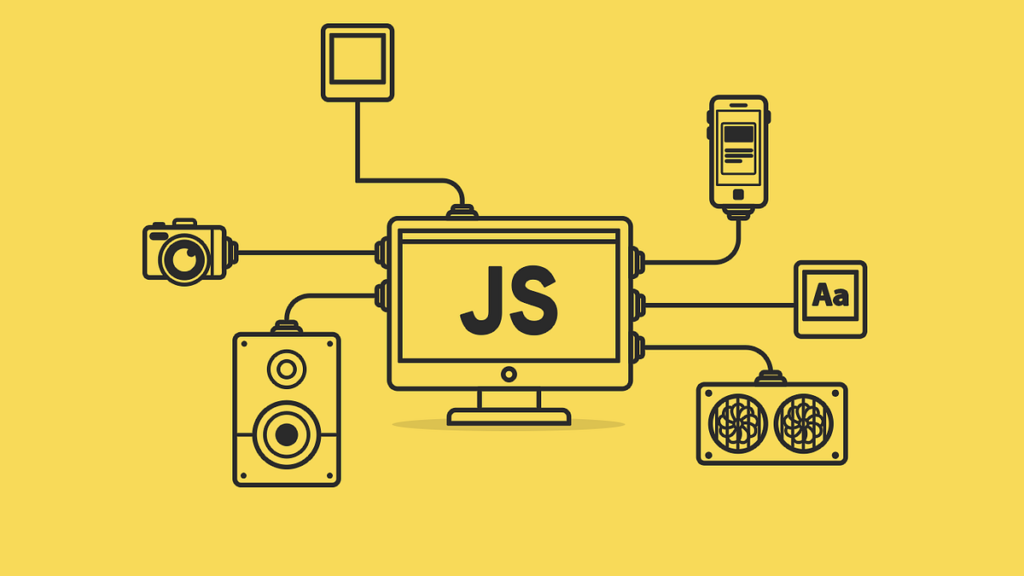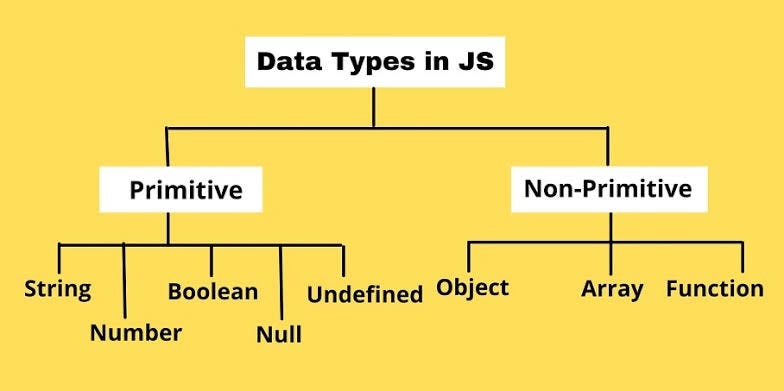What are the data types supported by JavaScript?

JavaScript, the programming language often associated with web development, supports various data types essential for storing and manipulating different kinds of information. Understanding these data types is fundamental for any developer looking to work with JavaScript effectively.
Introduction to JavaScript
JavaScript is a versatile scripting language primarily used for client-side web development. It allows developers to create dynamic and interactive web pages by enabling client-side script execution. One of the key aspects of Java Script is its support for different data types, which facilitates the handling of diverse forms of data within a program.
Basic Data Types in JavaScript
String
A string is a sequence of characters enclosed within single (”) or double (“”) quotes. It is used to represent textual data and is one of the most commonly used data types in JavaScript.
Number
Numbers in JavaScript can be integers or floating-point numbers. They are used for representing numeric values and performing arithmetic operations.
Boolean
A Boolean data type represents a logical value, either true or false. It is commonly used in conditional statements and logical operations.
Composite Data Types
Array
An array is a special type of object used for storing multiple values in a single variable. It allows for efficient storage and manipulation of lists or collections of data.
Object
Objects in Java Script are complex data types used for storing key-value pairs. They provide a way to represent real-world entities and their properties.
Special Data Types
Undefined
The undefined data type is used to represent variables that have been declared but not assigned a value. It indicates the absence of a meaningful value.
Null
The null data type represents the intentional absence of any object value. It is often used to explicitly indicate that a variable does not point to any valid object or value.
ES6 Additions
Symbol
Symbols are a new primitive data type introduced in ECMAScript 6 (ES6). They are unique and immutable values used as property keys in objects.
BigInt
BigInt is another addition to JavaScript introduced in ES6. It is used for representing arbitrarily large integers, overcoming the limitations of the standard number type.
Summary of Data Types
In summary, Java Script supports a variety of data types, including strings, numbers, Booleans, arrays, objects, undefined, null, symbols, and big integers. Each data type serves a specific purpose and enables developers to work with different kinds of data efficiently.
Conclusion
Understanding the data types supported by JavaScript is crucial for writing effective and error-free code. By leveraging the diverse range of data types available, developers can build robust and scalable web applications that meet the demands of modern web development.
FAQ Section
What is the difference between null and undefined in JavaScript?
In Java Script, null represents the intentional absence of any value, while undefined indicates that a variable has been declared but has not been assigned a value.
How do you declare a variable in JavaScript?
Variables in Java Script can be declared using the var, let, or const keywords, followed by the variable name.
Can you convert a string to a number in JavaScript?
Yes, you can convert a string to a number using functions like parseInt() or parseFloat().
What is the purpose of symbols in JavaScript?
Symbols are unique and immutable values used as property keys in objects, ensuring that property names are always unique.
Is JavaScript a strongly typed or weakly typed language?
Java Script is considered a weakly typed language, as it allows for implicit type coercion and flexible variable typing.




Leave a Comment